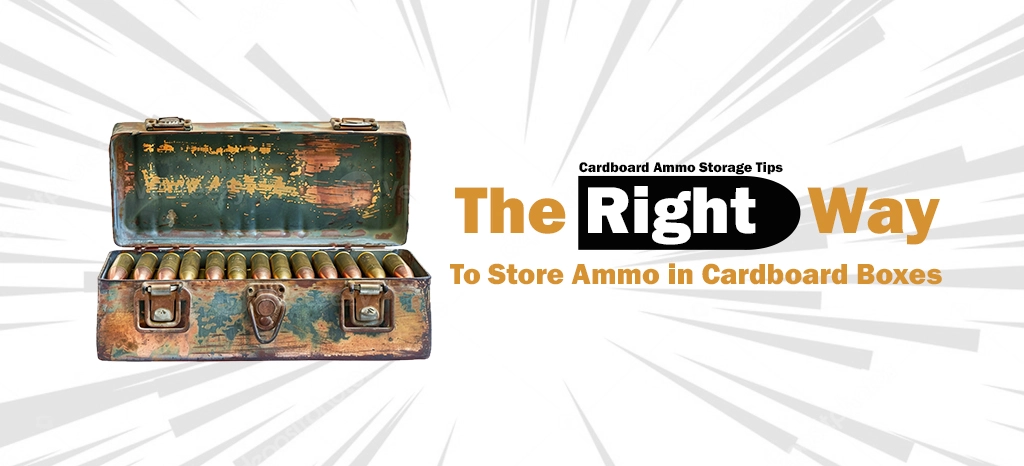
Storing ammunition correctly is essential to ensure safety, maintain performance, and extend the longevity of the ammo. While plastic or metal containers are often recommended, it is entirely possible to store ammo properly using only cardboard ammo boxes. Here is a comprehensive guide on how to do so effectively, cardboard ammo storage tips.
Environmental Conditions
Cool, Dry Place
Storing ammunition in a cool and dry environment is paramount. Temperature and humidity are critical factors that can significantly affect the lifespan and safety of your ammo.
Temperature Control
Avoid areas with fluctuating temperatures like attics, garages, or basements, as extreme heat or cold can damage ammo. Instead, store it in a temperature-controlled space like a closet or storage room
Humidity Control
Humidity is a concern with cardboard ammo storage. Use silica gel packs inside the boxes to absorb moisture and keep the environment dry.
Storage Containers
Cardboard Ammo Boxes
Cardboard boxes can be a suitable storage option provided they are handled correctly. Here’s how to ensure they offer adequate protection for your ammunition.
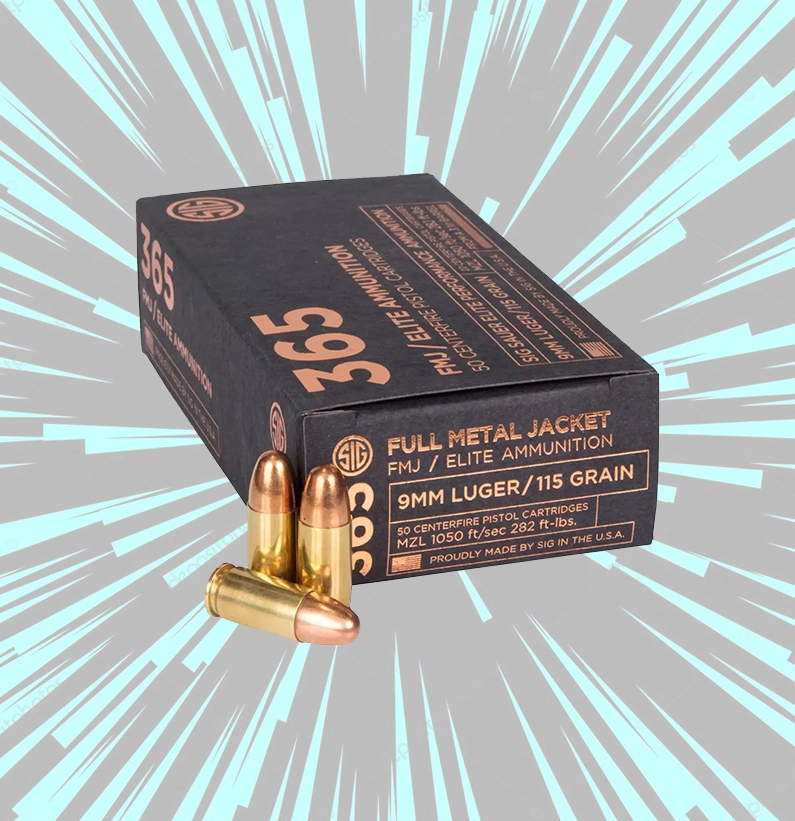
Original Packaging
If possible, keep the ammunition in its original packaging within the cardboard boxes. The original packaging is designed to protect the ammo and keep it secure. Ensure the boxes are intact and free from damage before storing them.
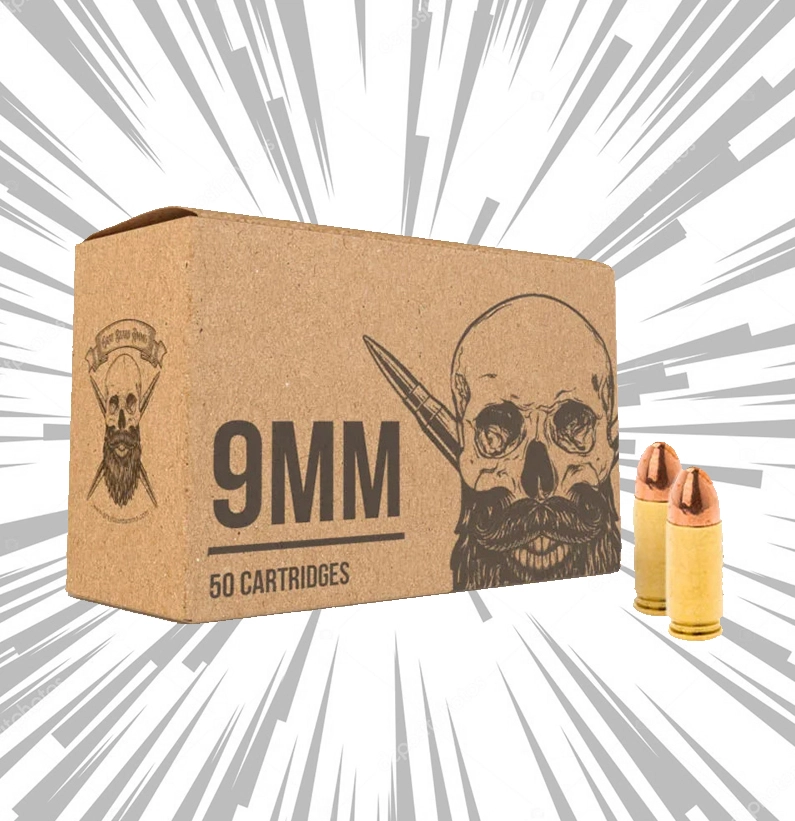
Additional Sealing
Enhance the protective qualities of the cardboard boxes by adding a layer of sealing. Use plastic wrap or heavy-duty tape to seal the boxes, preventing dust and moisture from entering. This extra layer of protection can help mitigate some of the vulnerabilities of cardboard.
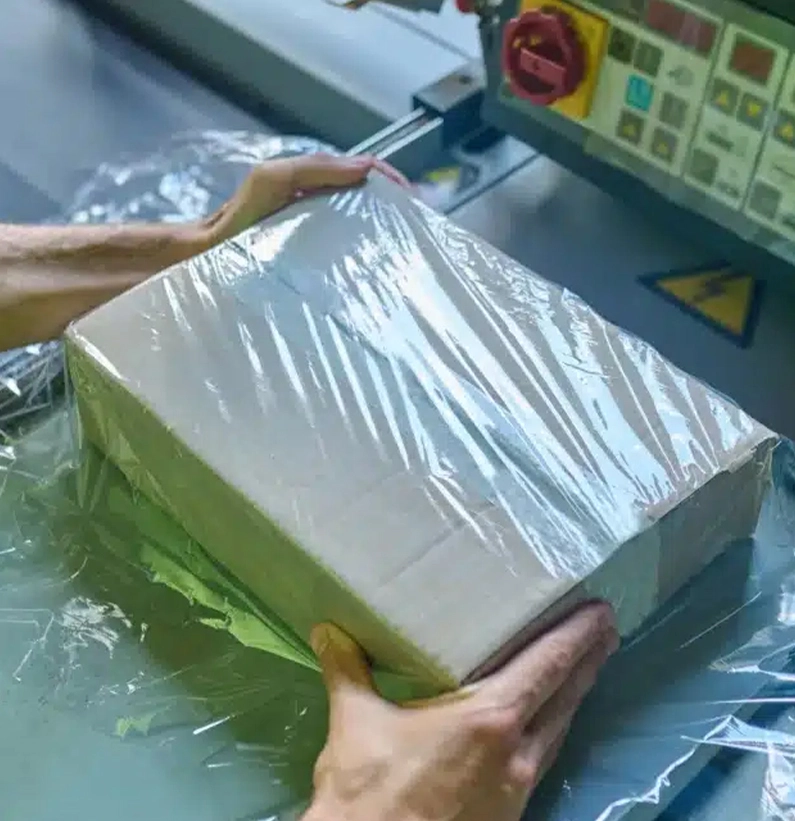
Custom Printing
Custom Printing
Custom printing on your cardboard ammo boxes improves organization and identification. By labeling boxes with details like caliber, quantity, or purchase date, you can easily locate what you need. It also adds a professional, organized look to your storage system.
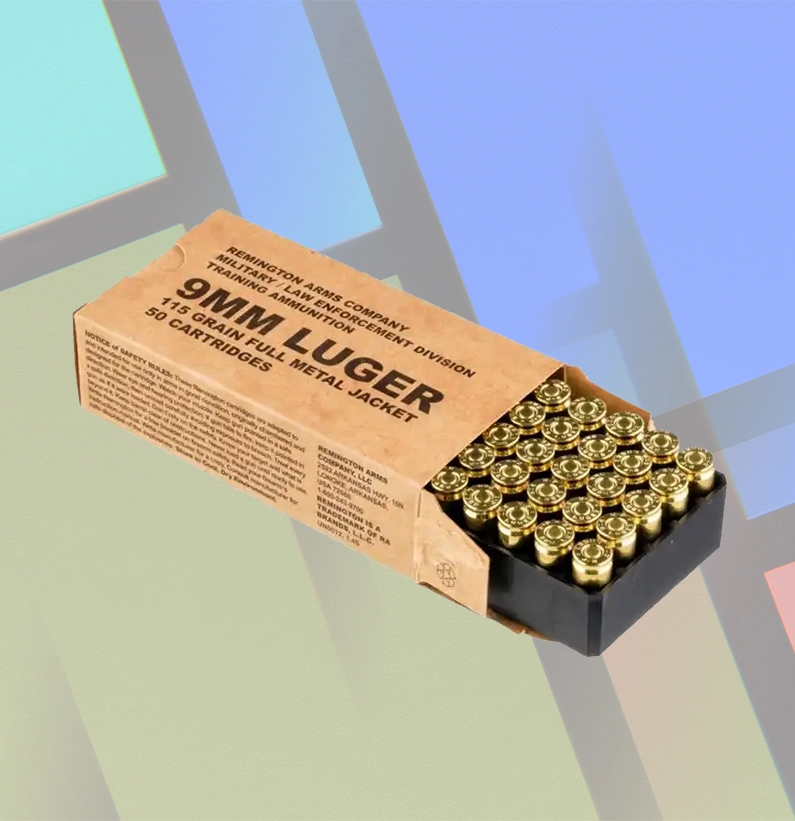
Information Labels
Custom printing allows for precise labeling directly on the box. You can include detailed information such as caliber, quantity, manufacturing date, and lot number. This eliminates the need for separate labels that can peel off or become illegible over time.
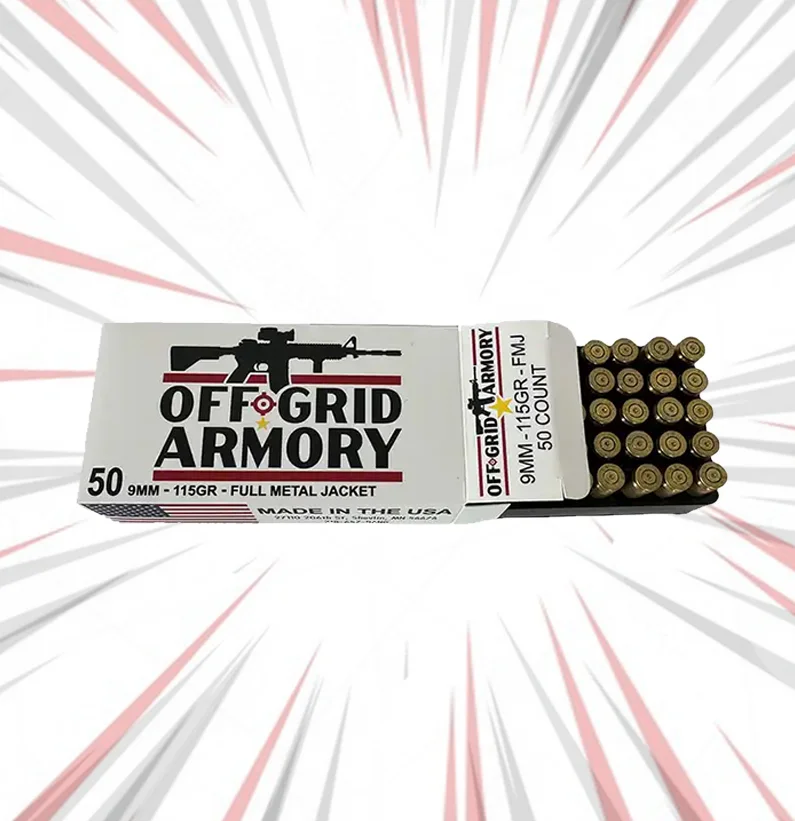
Barcodes and QR Codes
Consider printing barcodes or QR codes on your boxes. This modern approach enables quick inventory management and tracking using a scanner or smartphone app. Scanning a code can instantly provide all necessary details about the ammo, improving efficiency.

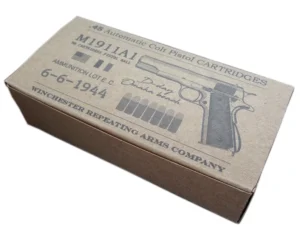
Branding and Safety Warnings
Custom printing can also include your brand logo, which is particularly useful for manufacturers or vendors. Additionally, safety warnings and handling instructions can be printed directly on the box, ensuring they are always visible and cannot be lost or ignored.
Organization and Labeling
Clear Labels
Organize your ammo by clearly labeling each cardboard box. Labels should include the caliber, quantity, and purchase date. This information is crucial for inventory management and ensures you can easily identify and access the ammo when needed.
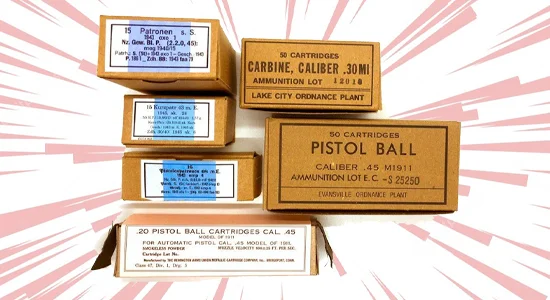
Rotation System
Implement a First In, First Out (FIFO) system to use the oldest ammunition first. This practice helps prevent the degradation of older ammo over time. When adding new ammo to your storage, place it behind the existing stock, ensuring the oldest ammo is always at the front.

Security
Locked Storage
Even when using cardboard boxes, it is essential to store your ammunition in a secure location. Use a locked cabinet or closet to prevent unauthorized access, particularly if there are children in the house.
Separate from Firearms
For added safety, store ammunition separately from firearms. This reduces the risk of accidental discharge and enhances overall security.
Fire Safety
Consider the fire safety of your storage location. While cardboard boxes themselves are not fireproof, storing them in a location with fire-resistant properties, such as a fireproof cabinet, can provide an additional layer of safety.
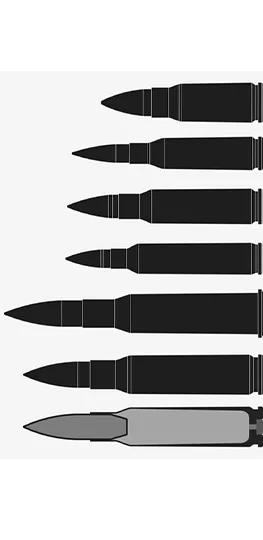
Handling and Maintenance
Regular Inspection
Periodically inspect your stored ammunition for signs of damage or degradation. Look for any corrosion, discoloration, or deformities in the ammo. This regular inspection helps ensure that any compromised ammunition is identified and removed before use.
Clean Hands
When handling ammunition, make sure your hands are clean and dry. Oils, dirt, and moisture from your hands can transfer to the ammo and cause corrosion or other damage over time. Wearing gloves can further reduce this risk.
Desiccant Maintenance
Check the desiccants placed in the cardboard boxes regularly. Replace them as needed to ensure they continue to effectively absorb moisture. Desiccants typically change color when saturated, indicating it’s time for replacement.
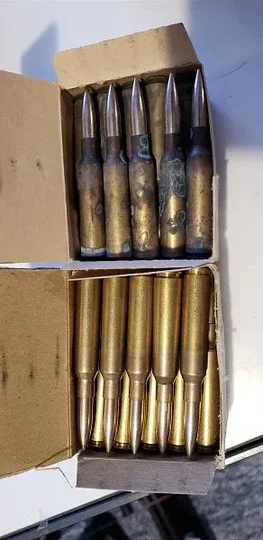
Summary
Proper ammunition storage is crucial for safety, performance, and longevity, even when using cardboard ammo boxes. Ensure a cool, dry environment with temperature and humidity control, keep ammo in its original packaging, and enhance protection with additional sealing. Utilize custom printing for precise labeling, inventory management, and safety warnings. Label and organize your storage, implement a rotation system, and secure your ammo in locked, separate locations from firearms. Regular inspections, clean handling, and desiccant maintenance are essential. Finally, comply with local regulations to ensure legal and safe storage. Following these guidelines will help maintain
the quality and reliability of your ammunition.





